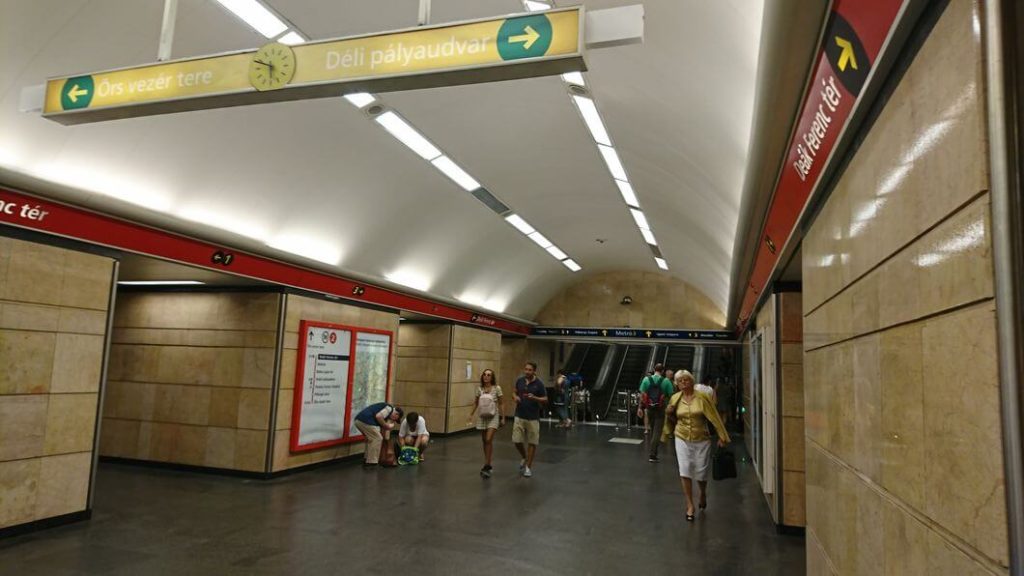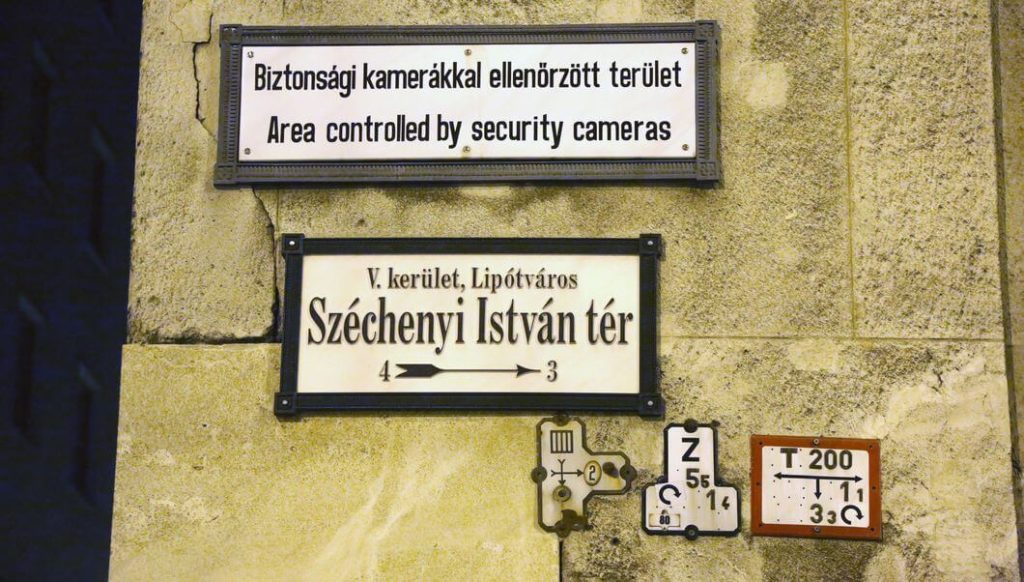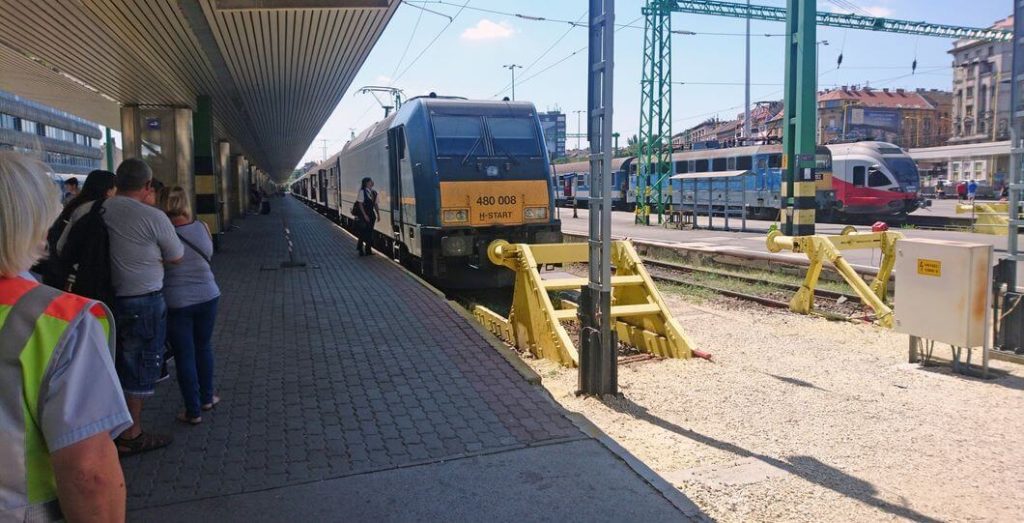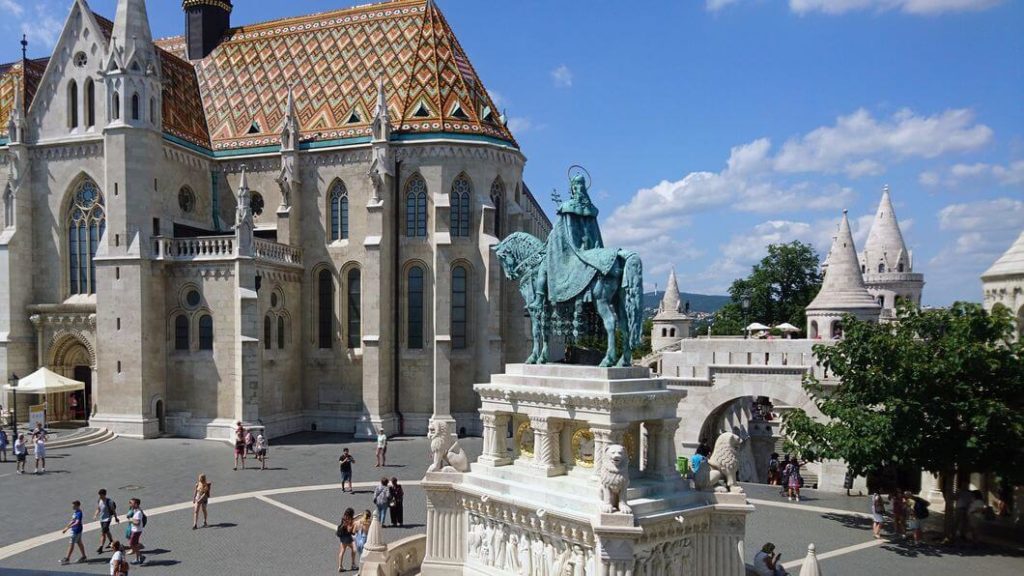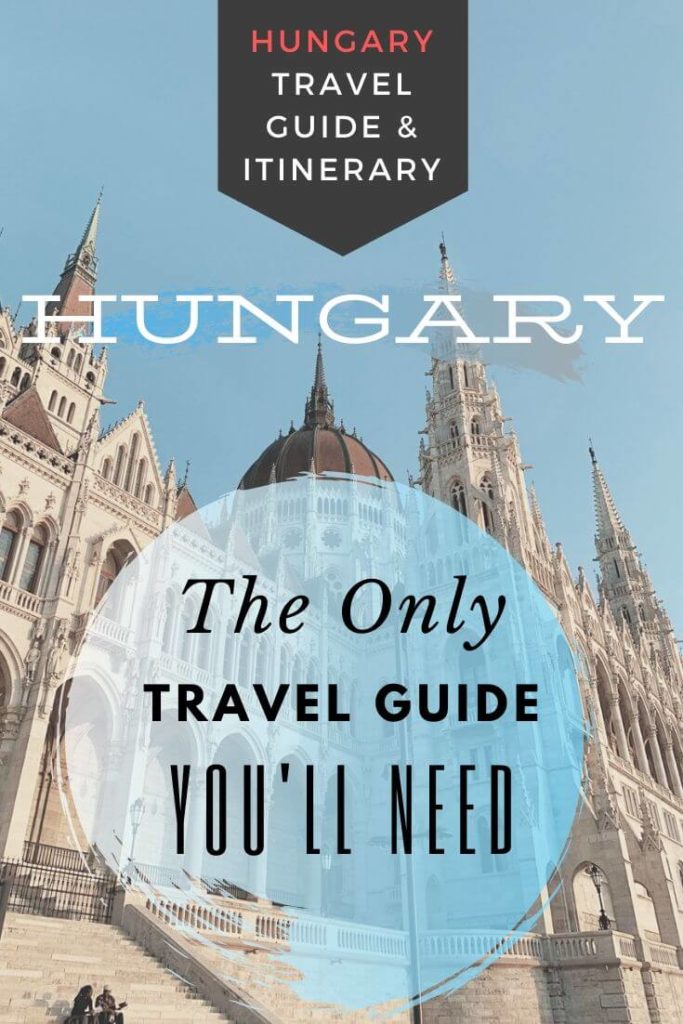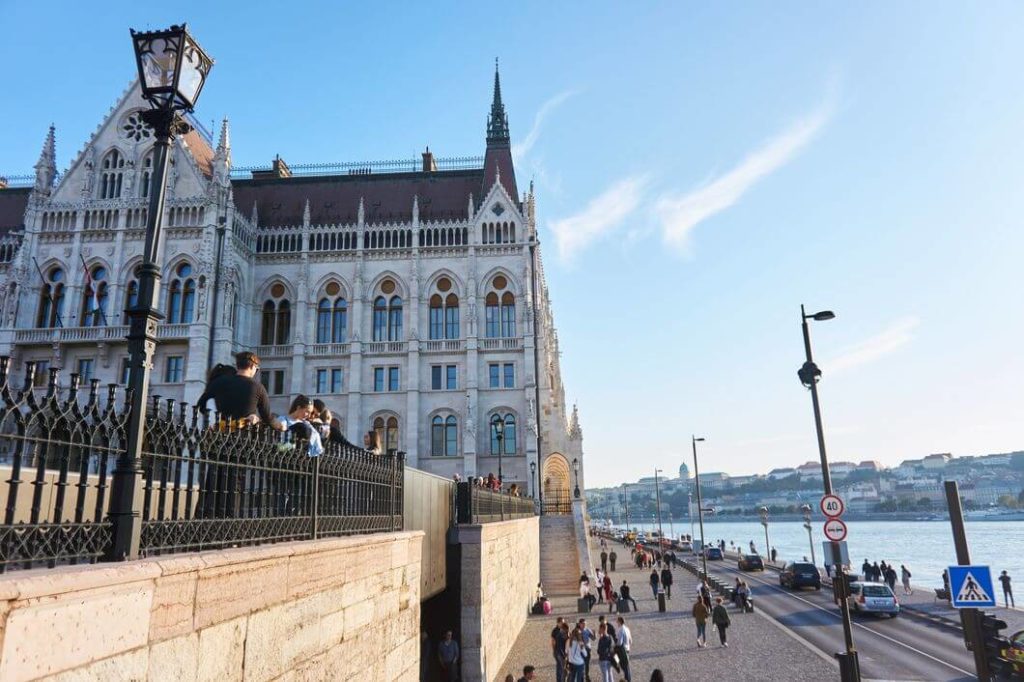Backpacking Hungary Travel Guide
Keen to discover the country that doesn’t get nearly as much attention as it deserves? This backpacking Hungary travel guide will show you how!
Hungary is a truly amazing and magical country in Eastern Europe. It’s full of quaint and charming towns and villages, medieval cities and architectural wonders, thermal baths and spas, hilltop castles, and of course Tokaj wines.
Backpacking in Hungary is a chance to experience one of Europe’s most beautiful destinations whilst somewhat getting off the beaten track.
That said, Budapest has become a regular itinerary stop for backpackers in search of a good time. Known for its budget-friendly accommodation and even cheaper food, Budapest has joined the likes of Prague and Vienna on the summer backpacking trail.
For that reason, Budapest is no longer a hidden destination; the crowds in Budapest definitely reflect that.
Fear not, however, because, at Mind The Travel, I always emphasize how to travel on a budget and venture off the Western European backpacking trail. This travel guide for backpacking Hungary will cover Budapest in detail, but I definitely don’t stop there.
This is the only Hungary travel guide you’ll ever need to get a layout of the entire country. I’m here to help you with your planning, and share with you everything I think you need to know to get the most out of your next trip. I’m going to give you tips and practical travel advice on where to go backpacking in Hungary, tips for getting around, and advice on where to stay in Hungary. I will also cover backpacker accommodation, suggested Hungary itinerary and give you my thoughts on when is best to visit and top things to do in Hungary.
A truly fantastic adventure awaits you in a country that has a surprising mix of places to explore. Let’s get started!


